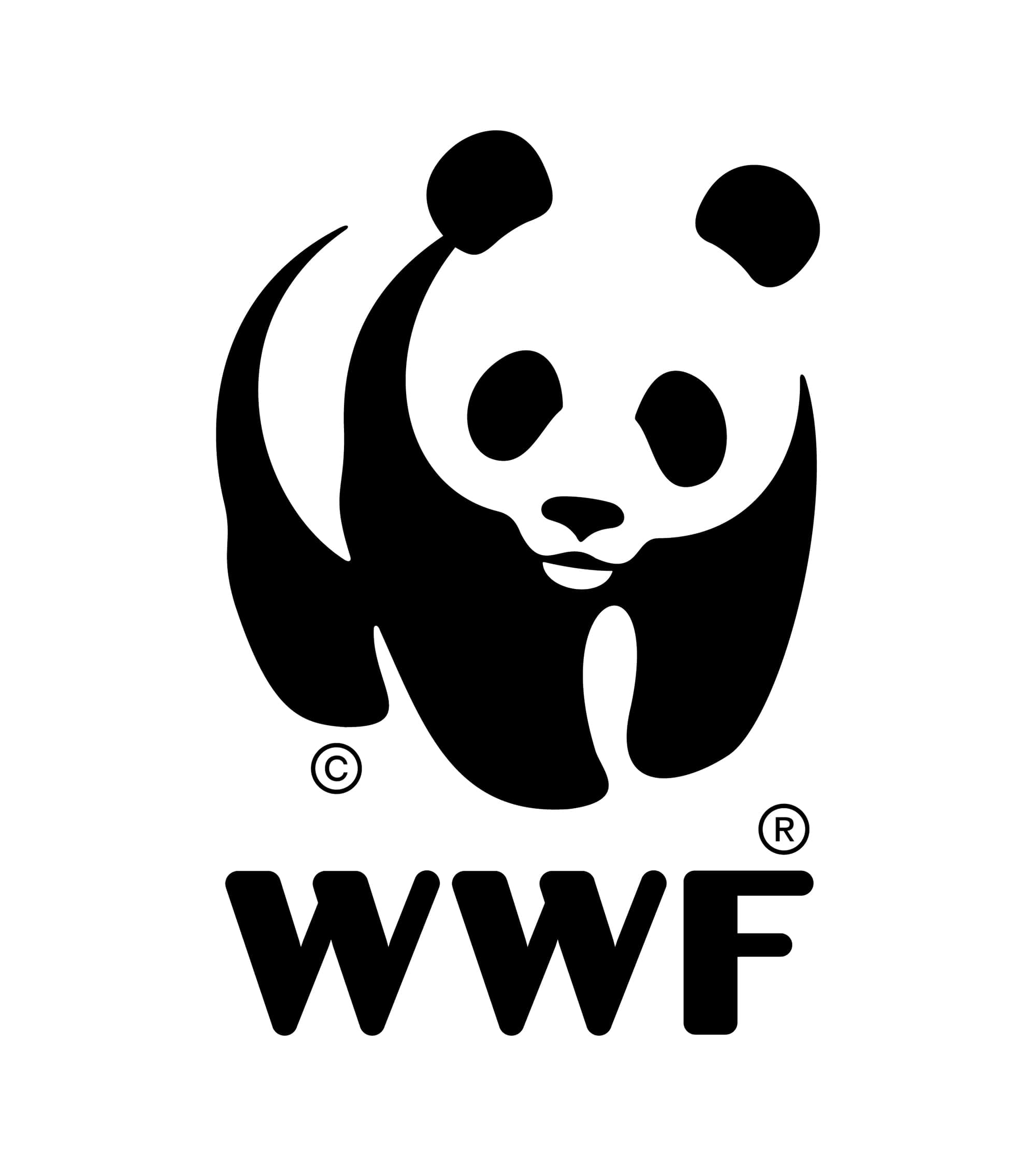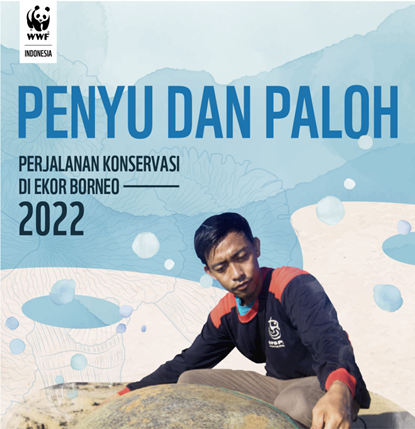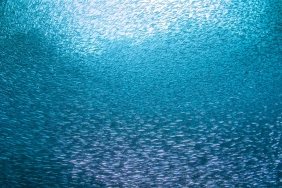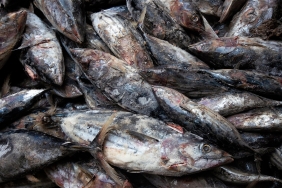THE TURTLE AND PALOH BOOK: A CONSERVATION JOURNEY IN THE TAIL OF BORNEO
It has been 13 years since WWF Indonesia Foundation has been in Paloh Sub-district, Sambas Regency, West Kalimantan Province. The span of 13 years (2009-2022) is certainly not a short time. Not a little work, tasks, and challenges faced during that period. The same applies to the achievements made. One of the important achievements was when Paloh was designated as a Conservation Area. This is an achievement for which we should all be grateful.
The conservation journey on the turtle nesting beach in Paloh is a tangible manifestation of the commitment of various parties. This is an important key to the decline in sea turtle egg poaching in the last decade. Not only that, the commitment of various parties in the conservation journey also led Paloh to be designated as a Conservation Area based on the Decree of the Minister of Maritime Affairs and Fisheries (Kepmen KP) Number 93 of 2020 concerning the Paloh Coastal and Small Islands Conservation Area and its Surrounding Waters in West Kalimantan Province.
Village communities represented by community groups and village governments are at the forefront of realizing conservation ideals. Villagers are the ones who most often struggle with issues at the site level and should be the first to directly benefit when the dream of a Conservation Area is realized. The commitment of the village community, which carries the spirit of gotong royong and participatory, is a strong foundation for the future of conservation in Paloh.
The WWF Indonesia Foundation would like to thank the commitment of the villagers and all parties who have strived for the conservation of the area and turtles in Paloh to run well despite facing various obstacles. Among others, the Regional Government (Pemda) of Sambas Regency, the West Kalimantan Maritime and Fisheries Service (DKP), the Pontianak Coastal and Marine Resources Management Center (BPSPL), academics and other NGOs who also contributed ideas, ideas, energy, and knowledge that are very useful in conservation activities.
We realize that this book is far from perfect. Therefore, we do not close our eyes to suggestions and input from various parties. Both in connection with the publication of this book, as well as with the conservation activities that are strived to continue to be carried out. We hope that this book can be one of the references for the sustainable management of Conservation Areas in Paloh, especially sea turtle conservation.
Thank you and happy reading.
Head of Marine and Fisheries Program
WWWF Indonesia Foundation
Dr. Imam Musthofa Zainudin
WWWF Indonesia Foundation




